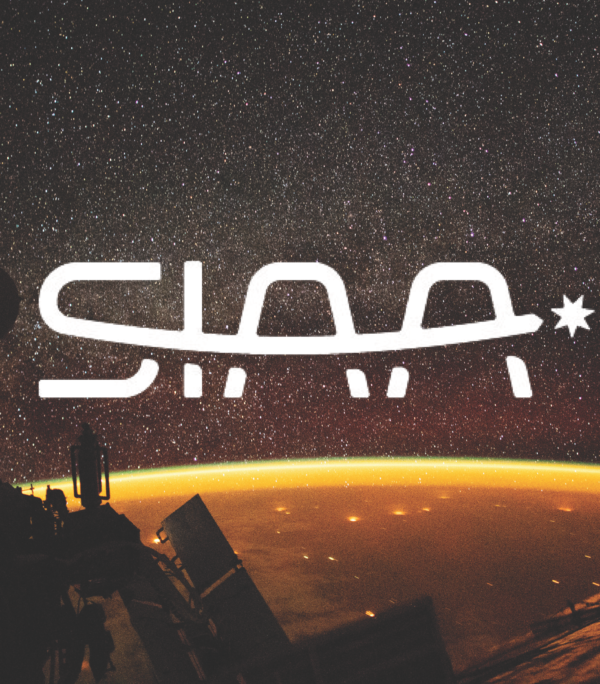Southern Space is a weekly newsletter produced by SIAA to inform the Australian space industry
Industry News
Successful Launch for ELA Spaceport: NASA has successfully launched the first of three sounding rockets from SIAA member ELA’s Arnhem Space Centre. NASA’s first launch from a commercial spaceport outside of the US occurred just after midnight on Monday. The rocket flew approximately 300 kilometres into space and conducted astrophysics experiments that can only occur by launching from the Southern Hemisphere. The head of the Australian Space Agency Enrico Palermo noted that following this launch, Australia’s space sector is “at a point where we can leverage our strengths, our geography, our regulatory framework and our responsible approach to doing launch to attract a significant sector growing globally”. Palermo also noted that by securing access to launch, Australia can achieve end-to-end sovereign space capability, “become a regional space leader and can provide services for our partners in the region.” The next NASA sounding rocket is expected to launch from the Arnhem Space Centre on 4 July which should be enough time for Dr Brad Tucker to recharge for another energetic launch webcast narration.
UK-Australia Space Bridge Report: Symbios Communications, Assimila and FrontierSI have published a report exploring collaboration priorities between Australia and the UK in Earth observation calibration and validation (cal-val). The report recommends developing a strategic alliance in relation to collaborative EO satellite activities and facilities, implementing a UKSA-ASA bilateral agreement to develop cal-val industries and capabilities, jointly sponsoring an acceleration of technical cooperation, implementing working-level technical cooperation between NPL and Geoscience Australia, undertaking case studies with users of SITsat enhanced data products and establishing a UK-Australia Global Centre of Excellence for EO Data Quality. The full report can be found here.
Space Sustainability: Following the 4th Summit for Space Sustainability in London, the UK government has announced a range of measures to promote national and international sustainable practices in space including; a review of the UK’s regulatory framework for all orbital activities, promoting space sustainability internationally, developing metrics to measure space sustainability and providing an additional 5 million pound to fund existing space debris removal projects. After this announcement, SIAA member Inmarsat released a report outlining a range of measure to reduce space debris and called on industry operators, national governments and regulators to create a cohesive international response.
US Hypersonic Missile Test Failure: This week, the US Department of Defense flight test of a hypersonic missile system in Hawaii failed following a problem that occurred after ignition. Providing limited details on the failure, the Department of Defense issued a statement that ‘the Department remains confident that it is on track to field offensive and defensive hypersonic capabilities on target dates beginning in the early 2020s’.
NSW Space Research Pilot Program: The NSW Space Research Network has announced $1 million in funding to be distributed between seven university space projects. The projects are focused on improving defence surveillance capability including the development of sea vessel surveillance, mass producible solar arrays for satellites and flight navigation systems.
3D Printed Satellite Antennas: Sydney based 3D printer company Konica Minolta has partnered with Fleet Space to 3D print its satellite antennas. Fleet Space decided to move satellite antenna production that was originally outsourced to an offshore provider back to Australia to provide Fleet with significant scale-up efficiencies.
Australian Parabolic Flight Testing: Australia’s first commercial ‘parabolic flight’ has carried experiments developed by space science students from SIAA Member RMIT University to investigate the effect of zero gravity on a range of experiments. Ongoing access to commercial parabolic flights within Australia is increasingly important to allow researchers and industry to test Australian space technology in zero-gravity environments. The project is being led by former SIAA Board Director Dr Gail Iles.
NASA: The NASA CAPSTONE mission successfully launched aboard Rocket Lab earlier this week, sending a CubeSat designed to test a unique lunar orbit intended for the future NASA lunar space station into orbit. The NASA CubeSat launched from SIAA member Rocket Lab’s Launch Complex 1 in New Zealand. The spacecraft will take four months to reach the targeted lunar orbit.
ESA: The European Space Agency has awarded a €160 million contract to Airbus to build its Earth Explorer FORUM satellite as part of the ESA’s ninth Earth Explorer mission. The research satellite will collect data on the never before measured far-infrared part of the electromagnetic spectrum. Radiation at these wavelengths is greatly affected by water vapour and ice clouds, allowing the satellite to collect data on atmospheric processes linked to climate change and its impacts.
Satellite Mission Management for Polar Legacy Satellites: SIAA Foundation member Microsoft has announced the success of a year-long cooperative project with the National Oceanic and Atmospheric Administration and Xplore to determine Microsoft’s ability to connect and downlink data from NOAA satellites. Through the partnership Microsoft successfully demonstrated a test conducted in real-time and had data flow bi-directionally with the NOAA-18 satellite and its Azure Orbital platform.
SpaceX: This week SpaceX launched the first television broadcast satellite under SES’s C-band clearing program. The SES-22 satellite was built by SIAA member Thales Alenia Space, and is the first of six geostationary satellites ordered by SES. SIAA member Boeing and SIAA Foundation member Northrop Grumman will each build two satellites for this SES program.
US Air Force Research Laboratory: SIAA member BAE Systems has been awarded a $7.8 million contract from the US AFRL to develop machine learning and fusion algorithms that can detect, track, identify and provide intent understanding of mobile targets in contested environments.
James Webb Space Telescope: NASA will release the first images from the JWST during the NASA James Webb Telescope broadcast on 12 July.
Upcoming Events
World Satellite Business Week
When: Westin Paris, Framce – Vendome Hotel
The Space Industry of Australia (SIAA)
The Space Industry of Australia is the national peak body for the space industry in Australia,
representing more than 600 members. Formed in 1992, SIAA hosted the 2017 International Astronautical
Congress in Adelaide which led to the establishment of the Australian Space Agency in 2018. SIAA and
its member companies work closely with Australian governments, international partners, academia, and
industry to advance Australia’s space industry and economy.








